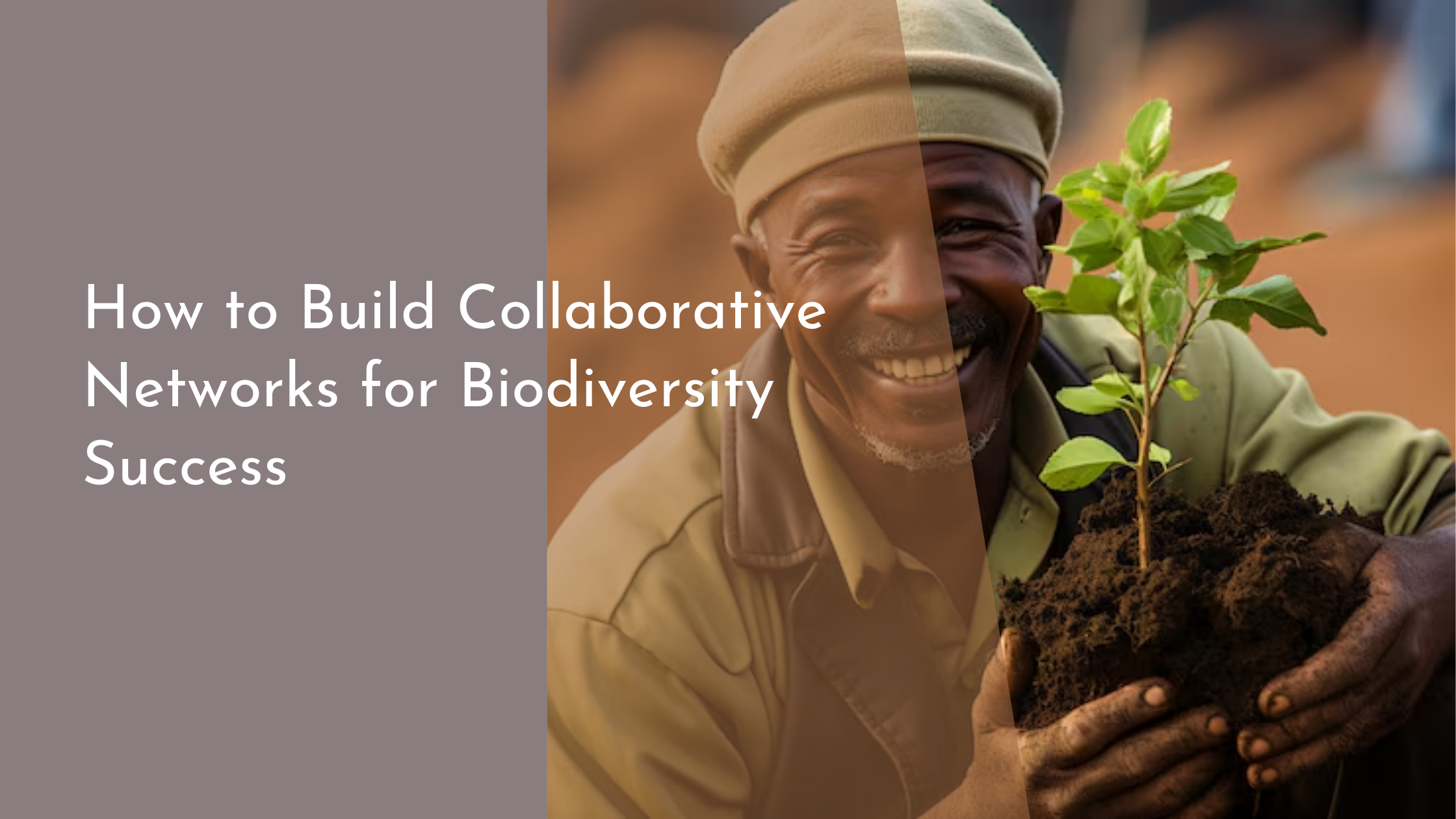How to Build Collaborative Networks for Biodiversity Success
In a world grappling with rapid biodiversity loss, building collaborative networks has emerged as a vital strategy for ensuring the success of conservation efforts. Such networks bring together diverse stakeholders, from environmental scientists to community leaders, enabling the exchange of knowledge, resources, and innovative solutions. By fostering communication and partnerships across various sectors, these collaborative networks can amplify the impact of individual efforts and drive meaningful change. In this article, we will explore how to build these networks effectively, with a focus on understanding their importance, identifying key stakeholders, fostering communication, and creating lasting impact.
Understanding the Importance of Collaboration
Collaboration is at the heart of successful biodiversity conservation. It recognizes that no single organization or entity can tackle the complex and interconnected challenges threatening our natural ecosystems. By pooling resources, expertise, and knowledge, collaborative networks can leverage the strengths of each participant to achieve goals that would be unattainable individually. For example, scientists can provide critical data on species and habitats, while policymakers can translate these findings into actionable legislation. Together, they create a powerful synergy that enhances conservation outcomes and fosters innovation.
Moreover, collaboration cultivates a sense of shared responsibility and collective action among diverse groups. When various stakeholders come together with a common purpose, they can build trust, mutual understanding, and commitment to biodiversity goals. This unity is essential in addressing the multifaceted challenges of biodiversity loss, such as climate change, habitat destruction, and invasive species. By fostering a collaborative spirit, networks can mobilize a broad spectrum of resources, from financial investments to community engagement, ultimately contributing to more resilient and sustainable ecosystems.
Identifying Key Stakeholders and Partners
Identifying key stakeholders and partners is a foundational step in building a successful collaborative network for biodiversity. Stakeholders can range from local community groups and indigenous populations to governmental agencies and international organizations. Each brings unique perspectives, resources, and expertise that are invaluable in addressing the diverse challenges of conservation. Engaging with local communities, for instance, ensures that traditional knowledge and cultural values are integrated into conservation strategies, leading to more sustainable and culturally appropriate outcomes.
It’s also crucial to involve partners who can facilitate the implementation of biodiversity initiatives. Academic institutions, non-governmental organizations, and private sector entities can provide critical support in areas such as research, funding, and technology. Building partnerships with these organizations can enhance the capacity of the network to undertake large-scale projects and influence policy. By carefully identifying and engaging with a broad range of stakeholders, collaborative networks can develop comprehensive strategies that address both local and global biodiversity challenges.
Strategies to Foster Effective Communication
Effective communication is the backbone of any successful collaborative network. It ensures that all stakeholders are aligned in their goals and understand their roles within the network. One strategy to foster communication is to establish clear channels and platforms for information exchange. Regular meetings, workshops, and digital communication tools can facilitate the sharing of insights, updates, and feedback, ensuring that all participants remain informed and engaged. These platforms also provide opportunities for collaborative brainstorming and problem-solving, fostering a culture of innovation and adaptability.
Moreover, it’s important to tailor communication strategies to the specific needs and preferences of the network’s members. Language barriers, cultural differences, and varying levels of technical expertise can pose challenges to effective communication. By recognizing and addressing these factors, networks can create more inclusive and accessible communication processes. This might involve providing translation services, using simplified language for technical concepts, or employing visual aids to convey complex information. By prioritizing effective communication, collaborative networks can strengthen relationships and enhance their collective impact.
Creating Lasting Impact through Network Activities
To create lasting impact, collaborative networks should focus on activities that have measurable outcomes and long-term benefits for biodiversity. This might include initiatives such as habitat restoration, species monitoring, and community education programs. By aligning activities with clear objectives and establishing metrics for success, networks can ensure that their efforts are both effective and sustainable. Collaborative projects that demonstrate tangible benefits not only contribute to biodiversity goals but also reinforce the value of the network to its members and external stakeholders.
Moreover, successful network activities often serve as models for replication and scaling. By documenting and sharing their successes and challenges, networks can inspire similar initiatives in other regions and contexts. This creates a ripple effect, where the positive impacts of one network extend far beyond its immediate activities. Additionally, ongoing evaluation and adaptation of network activities ensure that they remain relevant and responsive to emerging biodiversity challenges. Through strategic planning and execution of impactful projects, collaborative networks can make significant contributions to global conservation efforts.
Building collaborative networks for biodiversity success is a dynamic and rewarding process that involves understanding the importance of collaboration, identifying key stakeholders, fostering effective communication, and creating lasting impact through strategic activities. By bringing together diverse perspectives and resources, these networks can address complex conservation challenges with innovative, holistic solutions. As we continue to confront the urgent threats to our planet’s biodiversity, collaborative networks offer a powerful and hopeful path forward, empowering communities and organizations to work together for a sustainable and thriving natural world.


